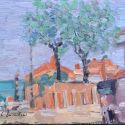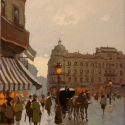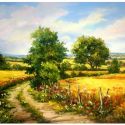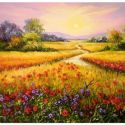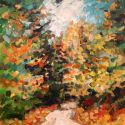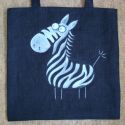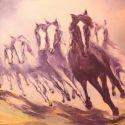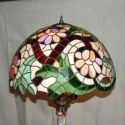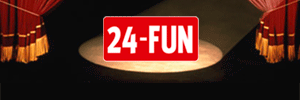Place of birth: Piraeus, Greece
Jannis Kounellis was born in 1936 in Piraeus, Greece. In 1956, Kounellis moved to Rome and enrolled in the Accademia di Belle Arti. While still a student, he had his first solo show, titled "Lalfabeto di Kounellis," at the Galleria la Tartaruga, Rome, in 1960. The artist exhibited black-and-white canvases that demonstrated little painterliness; on their surfaces, the artist stenciled letters and numbers. Influenced by Alberto Burri as well as Lucio Fontana, whose work offered an alternative to the Expressionism [more] of Art Informel [more], Kounellis was looking to push painting into new territory. He was inspired, too, by the work of Jackson Pollock and Franz Kline, and by the earlier abstractions of Kazimir Malevich and Piet Mondrian. Kounelliss painting would gradually become sculptural; by 1963, the artist was using found elements in his paintings. Kounellis began to use live animals in his art during the late 1960s; one of his best-known works included 11 horses installed in the gallery. Kounellis not only questioned the traditionally pristine, sterile environment of the gallery but also transformed art into a breathing entity. His diverse materials from the late 1960s onward included fire, earth, and gold, sometimes alluding to his interest in alchemy. Burlap sacks were introduced, in an homage to Burri, though they were stripped of the painting frame and exhibited as objects in space. Additional materials have included bed frames, doorways, windows, and coatracks. People, too, began to enter his art, adding a performative dimension to his installations.




